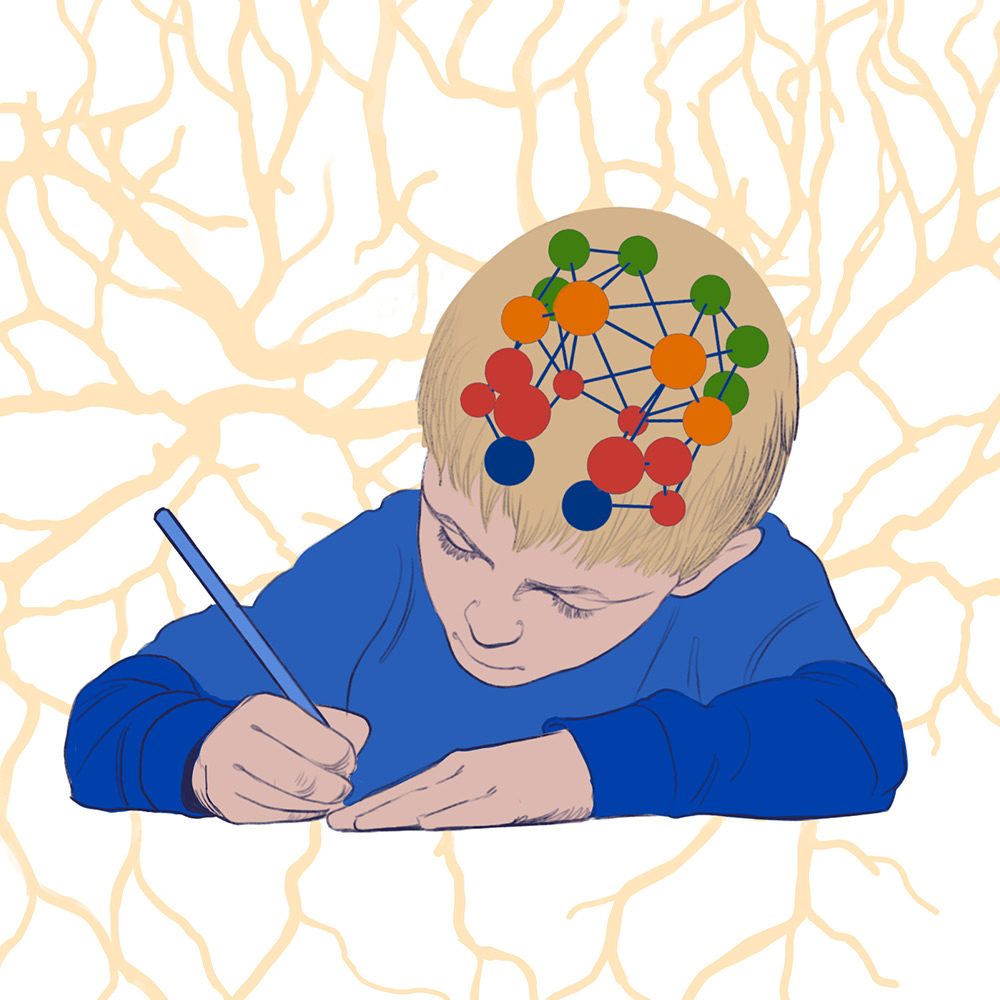How do humans and machines learn?

When humans learn, the neural networks in the brain adapt their structure and function to new situations. Artificial neural networks behave similarly. But what exactly happens in the human brain and in machines? And why do some children show learning deficits and developmental disorders?

When a child does not develop as expected or shows learning disabilities at school, his or her parents seek support, for example from developmental pediatricians. Although there are some therapies available, their success is often not as great as hoped. This is because we still know far too little about the mechanisms that allow the neuronal networks in the brain to develop properly and adapt to new tasks and situations.
In the University Research Priority Program “Adaptive Brain Circuits in Development and Learning”, we want to discover these mechanisms and find out, among other things, which genetic factors are responsible for them. Using behavioral tests and modern imaging techniques, we aim to identify links between the adaptability of brain networks and developmental or learning deficits. Comparison with artificial neural networks may help to improve our understanding of the principles of adaptability. We want to transfer the findings from basic research to the clinic and thus develop new diagnostic procedures and innovative therapies.
At our booth, you will learn how we work in the laboratory and in clinical projects with children and adolescents. With our novel and custom-built light sheet microscope “mesoSPIM” you can take high-resolution 3D images of brain structures. In addition, you may compete in a simple behavioral test against other participants or against a machine. You will find out how learning differs between humans and machines. Children will not miss out either. We show you how the brain composes a word out of an alphabet soup.
